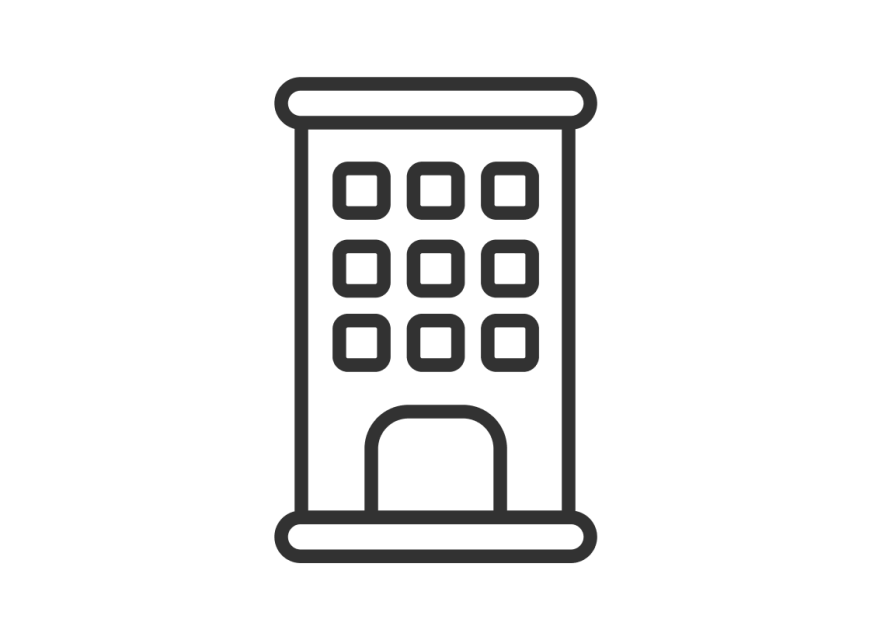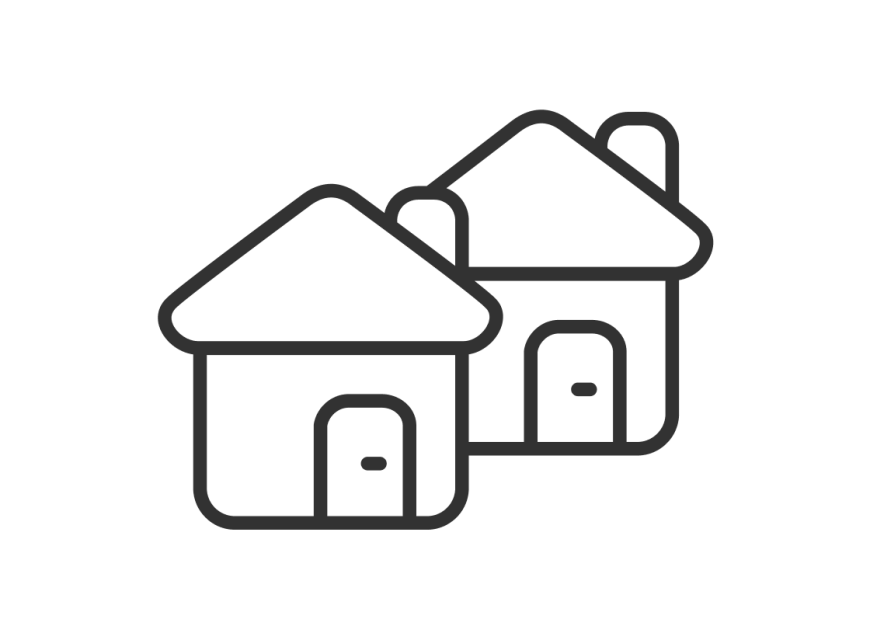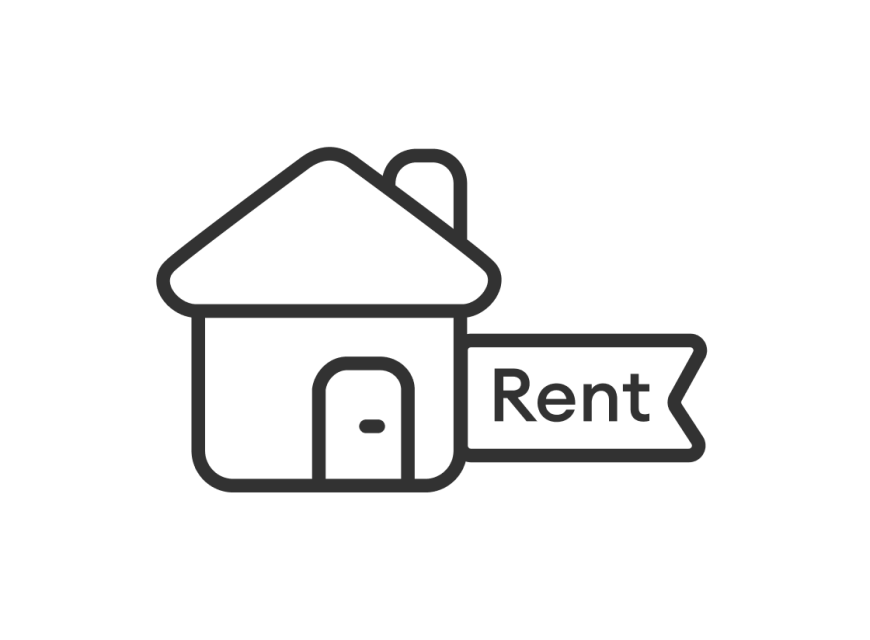About the Fibre install process
Compared to older broadband technologies, Fibre broadband is about much faster speeds, and a better experience. That improved experience means a more reliable connection, and for everyone using the internet at your place.
If Fibre has not been installed at your location, or it hasn't been available on your street until now, here's the information you'll need to know.
If Fibre has not been installed at your location, or it hasn't been available on your street until now, here's the information you'll need to know.
Find out if Fibre is available at your address
How do I get Fibre broadband?
There are several steps to get you up and running with Fibre. The installation process can take a few weeks or longer depending on the type of house you live in and if consent is required. Once you have placed your Fibre broadband order with us, we pass your order onto your local Fibre company. below is the step by step process
1. Order your Fibre broadband
There are different broadband speeds to suit different households. If you surf the web and check your emails you wouldn't need as much speed as a household of hardcore gamers, so we recommend that you check which plan would work best for you before you buy. Once you have checked out which plans suit you best, place your order with us:
2. Fibre order placed with local Fibre company (LFC)
After you have signed-up to a plan, we will pass your order onto your local Fibre company who organise and physically lay the Fibre up to and into your home. We have four Fibre install partners across the country who manage the install process. You can find out more about their methods below
3. Agree install plan and consent process
Your local Fibre company will do a site assessment first to determine the type of installation work required. They will meet you at your property and walk you through the process which usually takes about an hour. The local Fibre company technician will make a plan with you about where to put the Fibre equipment both inside and outside your home. You will then be asked to sign an Install Agreement before the work can begin. If you rent, it is important that you get your landlords permission before signing the agreement. Standard installation is free of charge.
Before planned work can go ahead, your local Fibre company will work out if any shared property with your neighbors or other third parties may be affected. If it is then consent may be needed, and this can delay or even stop your Fibre install from going ahead
4. Build outside
The installation work begins with the local Fibre company technician brining the Fibre from the street to a small box called ETP (external termination point), installed on the outside of your house. Every property is different therefore, the installation process may differ depending on the type of property you have. Check out the information below to see which property type is relevant to you and how it will affect the installation process.

A technician from your local Fibre company will do a site visit to determine the best installation method. They will then ask you to sign an agreement.

For apartments or blocks of units, there may have to be some installation work to areas that are shared. Your local Fibre company will notify your neighbours and provide them with an information pack on the type of installation work needed. In some instances, they will need to get their consent.
Your local Fibre company will bring the Fibre from the street into your building and then run it through to the rest of the building. All residents of the premises will have the opportunity to connect to Fibre too. In situations where a body corporate administers a building, it can be grant permission on behalf of individual owners.
Your local Fibre company will bring the Fibre from the street into your building and then run it through to the rest of the building. All residents of the premises will have the opportunity to connect to Fibre too. In situations where a body corporate administers a building, it can be grant permission on behalf of individual owners.

If your property shares a driveway or right-of-way, consent may be required from your neighbours before the commencement of any installation work. Your local Fibre company will notify your neighbours and provide them with an information pack on the type of installation work needed. In some instances, they will need to get consent.

You will need to get consent from your landlord before work begins. Their written consent can be provided in email or letter. Your landlord is welcome to attend the site visit
5. Connect it up
From the ETP, Fibre will be taken to another small box called an ONT (optical network terminal) on the inside of your home which connects your modem. You will need to be home for this, and it usually takes up to four hours. The technician will complete the internal wiring and installation of the new Fibre equipment in the agreed position and test your internet is all up and running before leaving.
Things to talk to your technician about
- It is best to have your ONT and modem centrally located in your home and close to those things that use the most data, e.g your smart TV.
- Consider where your current modem is and let the technician know if you have any existing Wi-Fi issues like not getting Wi-Fi in some rooms.
- Your modem should ideally sit 1 metre from the floor and not hidden away as each wall or obstacle that the signal has to pass through reduces your Wi-Fi signal.
- Tell them your "no-go" areas. You have the right to suggest a different option for cabling or another location for your ONT if you prefer
Important things to know
Voice calling over broadband requires power and an active One NZ broadband service in order to work. All calls will run over your broadband connection. If you have a power cut, both your broadband and phone won’t work - this includes all calls, even emergency calls to 111. We recommend always having a charged mobile phone ready to use as a backup.
If you (or someone in your household) is at particular risk of needing to call 111 emergency services for health, safety, or disability reasons, and you/that person do not have access to an alternate means of contact in the event of a power cut (for example no mobile phone) - then you can apply to be added to the 111 Vulnerable Consumer Register. If you meet the eligibility criteria, One NZ will supply you with an alternative means of contacting 111, at no cost to you. To apply for the Vulnerable Consumer register, visit one.nz/vulnerability.
If you have a monitored security or medical alarm that relies on your phone line it’s important that you call the company that monitors your alarm to ask if their services will work with voice calling over broadband. If not, you’ll need to find an alternative before you move to voice calling over broadband/wireless broadband.
If you (or someone in your household) is at particular risk of needing to call 111 emergency services for health, safety, or disability reasons, and you/that person do not have access to an alternate means of contact in the event of a power cut (for example no mobile phone) - then you can apply to be added to the 111 Vulnerable Consumer Register. If you meet the eligibility criteria, One NZ will supply you with an alternative means of contacting 111, at no cost to you. To apply for the Vulnerable Consumer register, visit one.nz/vulnerability.
If you have a monitored security or medical alarm that relies on your phone line it’s important that you call the company that monitors your alarm to ask if their services will work with voice calling over broadband. If not, you’ll need to find an alternative before you move to voice calling over broadband/wireless broadband.
Frequently asked questions
How much will installation cost?
For a standard installation, there is no install cost to have a Fibre cable installed on your property. There are some other costs that a customer may incur and should be aware of; if a customer requires additional power plugs for the installation, requesting another installation option, moving the ONT after installation or additional hard wiring for fibre sockets.
Do I need consent to get Fibre?
Your local Fibre company will obtain the consents from your neighbours or other third parties if needed.
However, you can speed the consent process up by talking to your neighbours before the technician's on-site visit, and your neighbours can give their consent by completing a form. Consent forms
However, you can speed the consent process up by talking to your neighbours before the technician's on-site visit, and your neighbours can give their consent by completing a form. Consent forms
Why do some areas get Fibre and others don't?
Along with other infrastructure developers, your Local Fibre Company works with the Government and other partners to undertake the huge task of laying Fibre the length and breadth of the country. It could be that work is still underway to lay Fibre in some areas.
If I can't get Fibre, what are my options?
When you enter your address in the address checker, your available broadband options will be shown to you.
What are the type of build methods the local Fibre companies use?
If you need consent, there are a variety of build methods used to bring the Fibre cable from the street to the outside of your home. These are divided into three categories and take into account the level of impact the installation will have on your property. Below are some examples of these categories and the types of build work required.
1: Low Impact: Minimal lasting impact on property or shared area.
Build Methods:
2: Medium Impact: Work will have some physical impact on shared areas of your property.
Installation Methods:
3: High Impact: Install methods could have a more significant impact on shared areas of the property.
Methods:
1: Low Impact: Minimal lasting impact on property or shared area.
Build Methods:
- Soft surfaces: Fibre cable is buried in grass, dirt or gravel.
- Mounted: Fibre cable is mounted to fence or wall.
- Paving stones: Lift pavers, bury Fibre cable and re-lay pavers.
- Aerial: Attach Fibre cable to an overhead line using existing cables.
2: Medium Impact: Work will have some physical impact on shared areas of your property.
Installation Methods:
- Hard surfaces: Cut a thin, shallow trench in concrete and bury Fibre cable (maximum of four square metres per house.)
- Mounted: Cable is mounted to the side of buildings.
- Cabling in and around buildings: For multi-dwelling units cabling may need to be installed in communal areas.
3: High Impact: Install methods could have a more significant impact on shared areas of the property.
Methods:
- Extensive hard surfaces: Fibre cables will be buried, and the surface work (to concrete or asphalt) will cover an area greater than four square metres per house.
